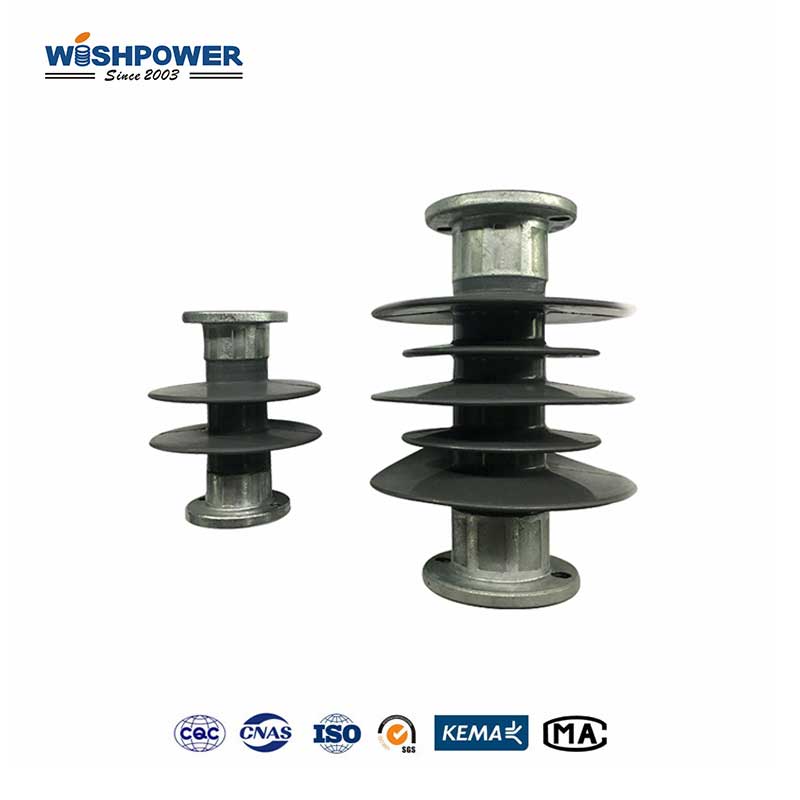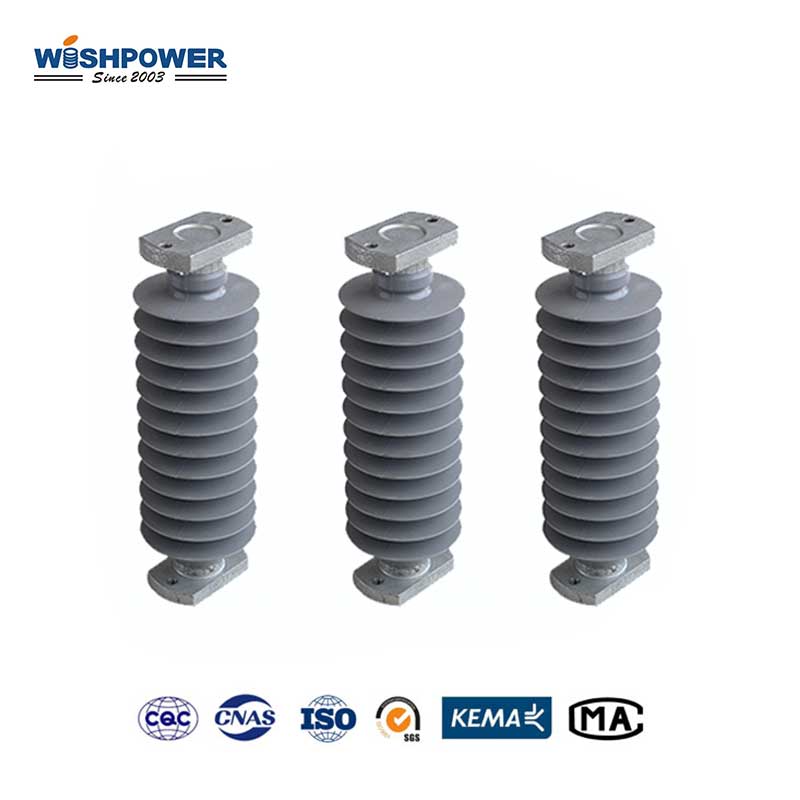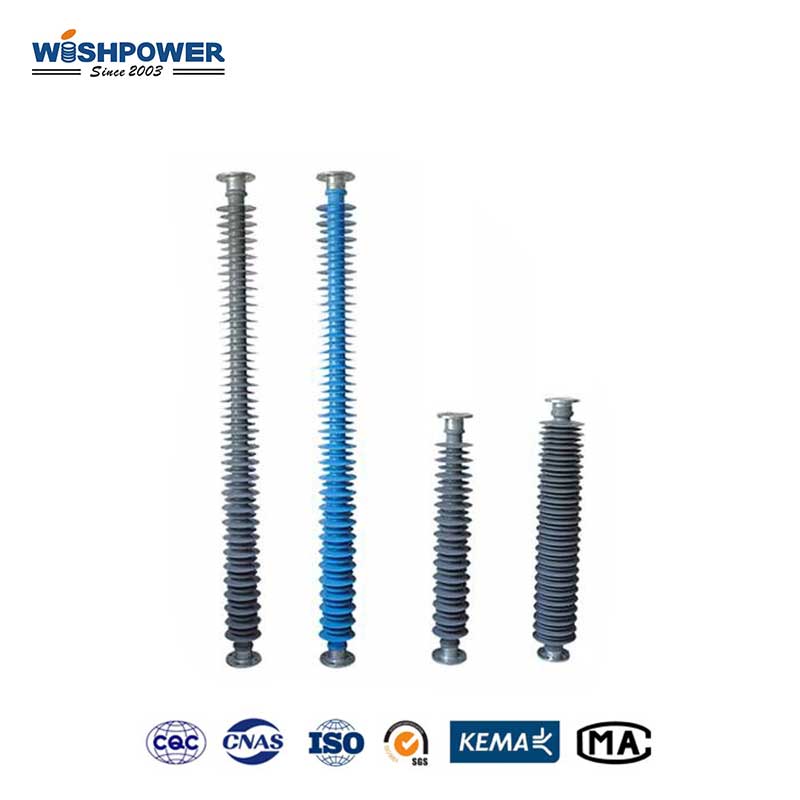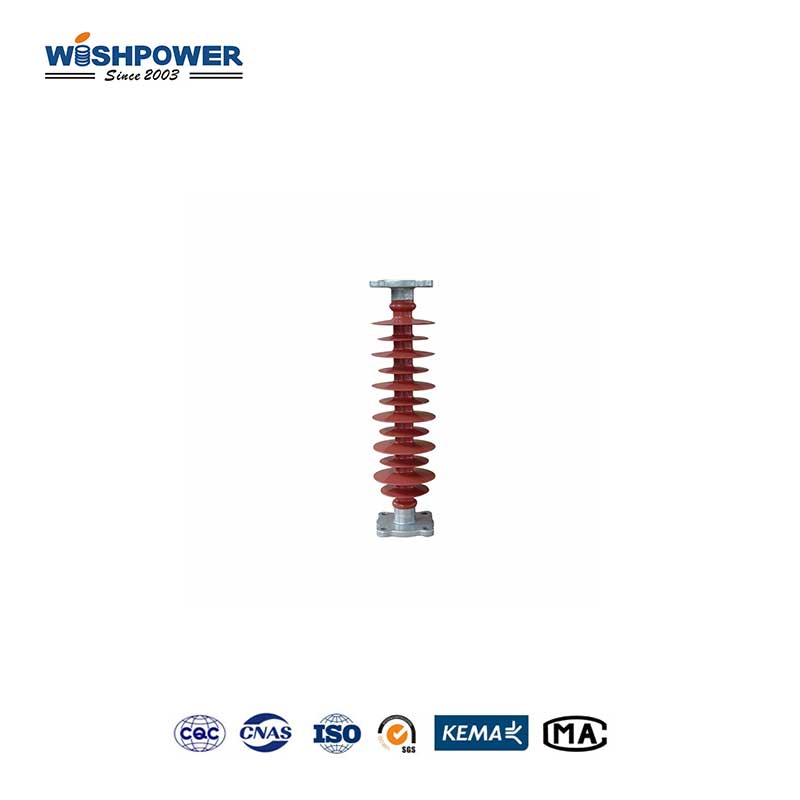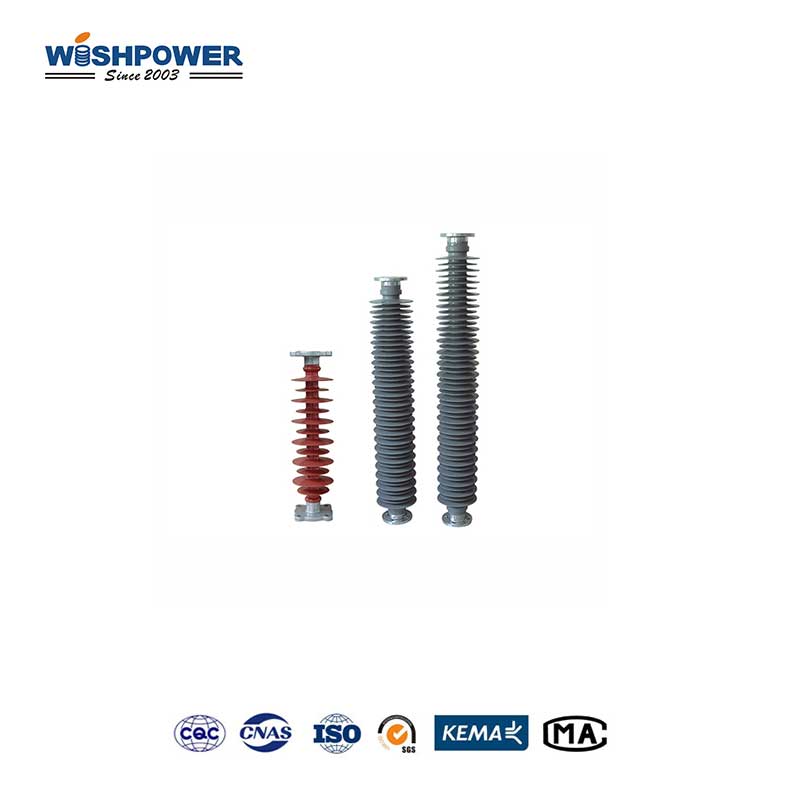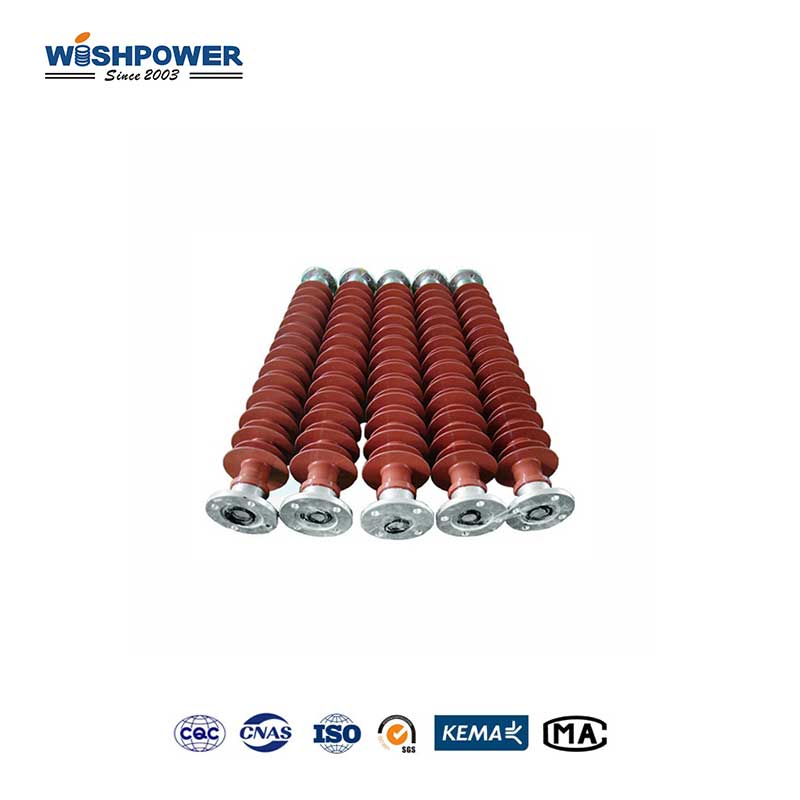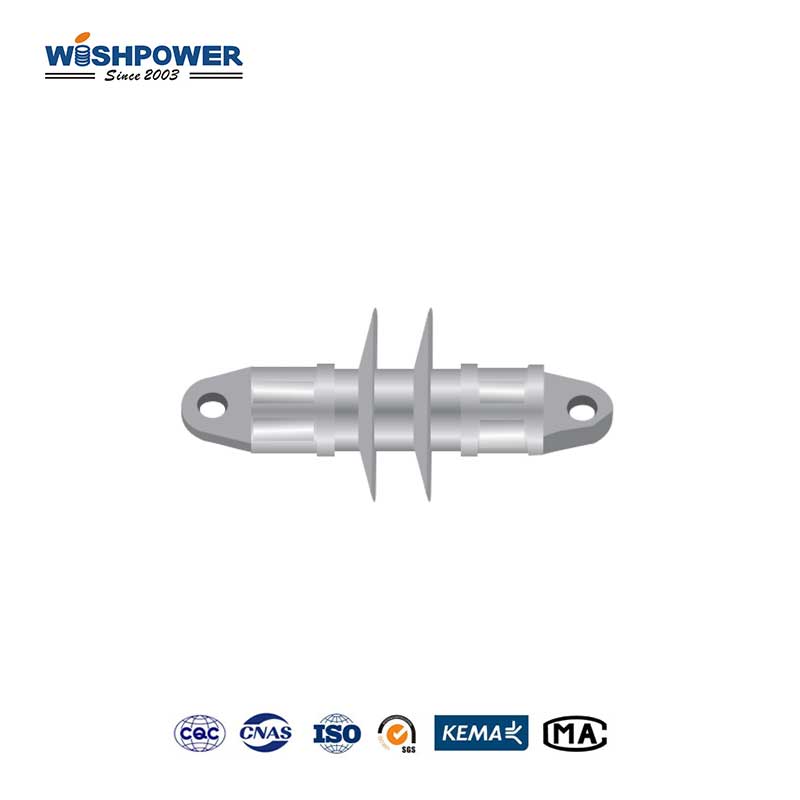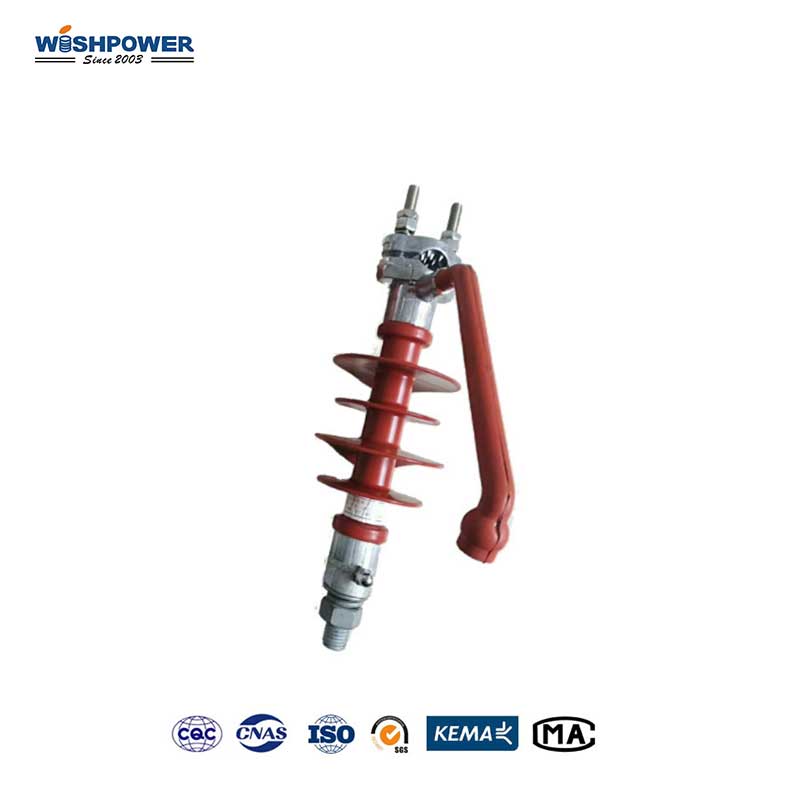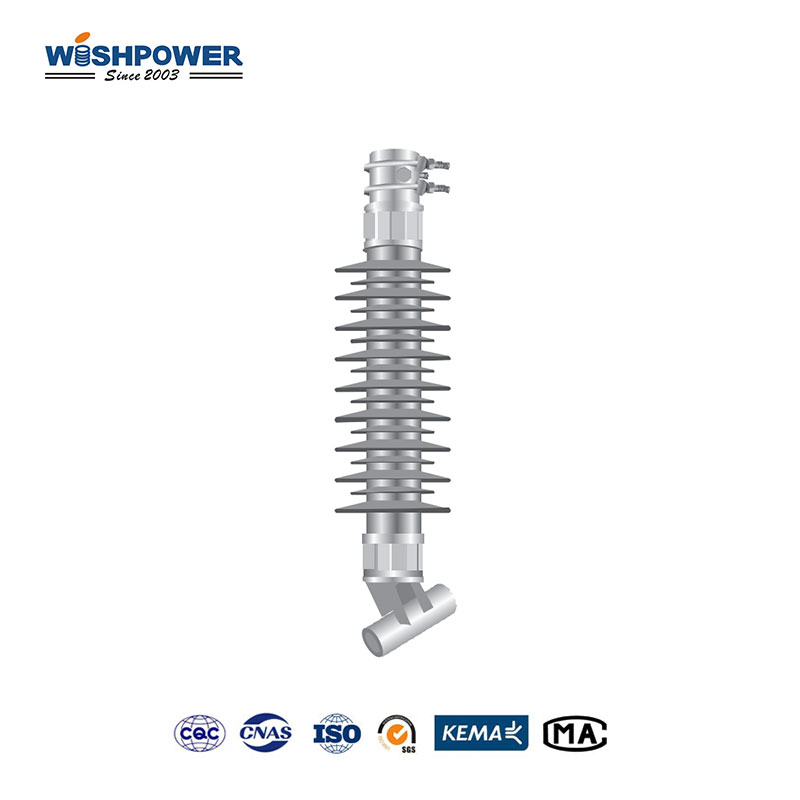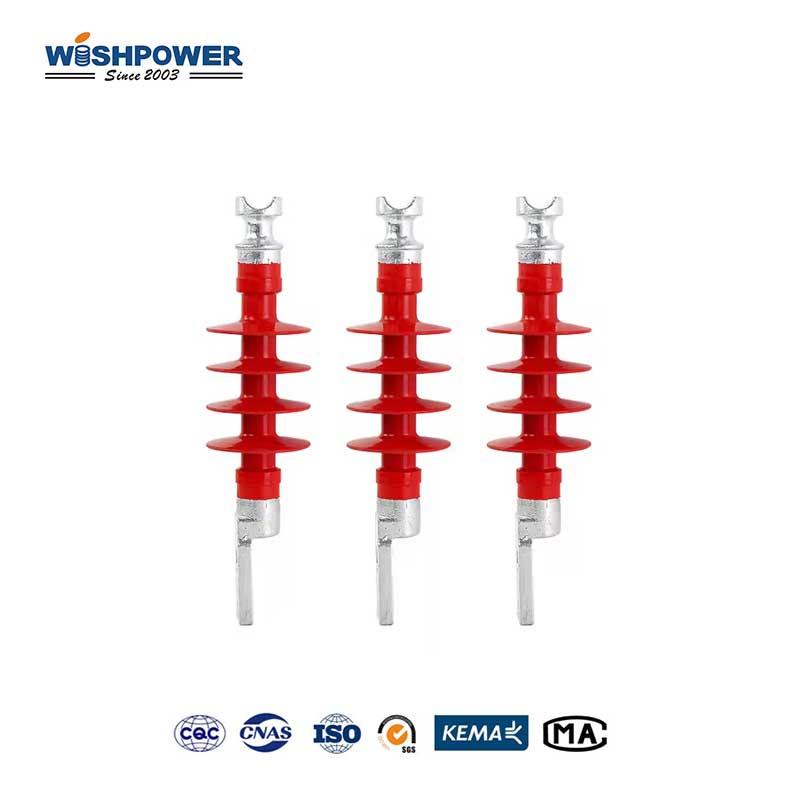Specification
| Type of Insulator |
FZSW-110(126)/132 |
FZSW-110(126)/132 |
| Specified Voltage |
8/10/12 kV |
8/10 kV |
| Specified Bencing Withstand Load |
4.5 kN |
8 kN |
| Section Length |
1500±5 mm |
1220±5 mm |
| Min. Arcing Distance |
1330 mm |
1060 mm |
| Big Shed Diameter |
210 mm |
182 mm |
| Min. Nominal Creepage Distance |
4500 mm |
3200 mm |
| Lightning Impulse Withstand Voltage(Peak Value) |
650 kV |
650 kV |
| PowerFrequency Withstand Voltage Min, Wet(RMS) |
275 kV |
230 kV |
| Reference Weight |
33.4 kg |
25 kg |
Wishpower has more than 20 years of production and R&D experience in the insulator industry. Customers around the world will receive our products. We have provided professional products and services to more than 2,000 domestic and foreign customers. If you need more professional products or solutions, please contact us directly through this website or info@wishpower.net

What is the Station Post Insulator?
The Station Post Insulator is a part of high-voltage electrical substations and power plant equipment whose primary function is to support and insulate electrical conductors and equipment. These insulators are designed in such a way that they are adequate for withstanding high voltage and very mechanical forces that are expected to affect the electrical system. It is commonly fabricated from ceramic items such as porcelain or composite polymers; it has high resistance to electrical current circulation to curb flow to grounded structures. High-capacity electrical conductors and equipment can be supported on them, as they do not deform under adverse environments: wind, temperature, and contamination. His function is critically important and relates to the protection of electric faults and the stability of the system. They are positioned to keep the energy compartments away from the grounded part thus directing electric current along the required paths. This is crucial to avoid unnecessary losses and more importantly dangers to the lives of people working in substation facilities. Further, these insulators are made in such a way that they can withstand even a polluted environment as well as extreme climatic conditions. The sophisticated materials and the applications of the protective top layers to their surface significantly prevent their degradation after a long time, thus eradicating the requirement for regular maintenance besides improving the efficiency and dependability of the electrical networks.
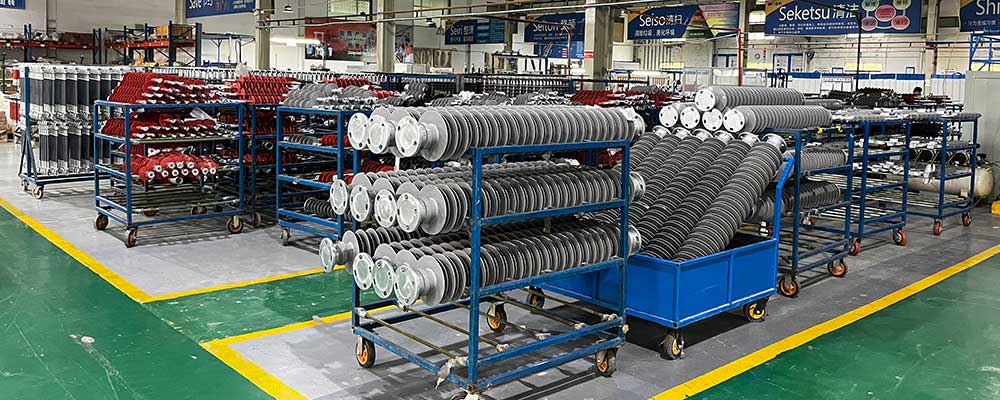
Requirements
- Electrical insulation:
Station insulators must have high dielectric strength to prevent leakage and withstand high voltage levels without failure.
- Mechanical strength:
Must have significant mechanical strength to support heavy electrical conductors and withstand mechanical stresses such as wind, ice, and seismic forces.
- Environmental tolerance:
Should be able to withstand environmental factors such as UV radiation, moisture, pollution, and extreme temperatures to ensure long-term reliability.
- Thermal performance:
Performance must be maintained under different thermal conditions, including high temperatures generated by electrical loads and low temperatures generated by the environment.
- Material durability:
Made of durable materials such as ceramic or composite materials to ensure long service life and low maintenance costs.
- Pollution resistance:
Should be able to resist contamination by dust, salt, and industrial pollutants. These pollutants can affect insulation performance.
- Easy installation and maintenance:
Designed for simple installation and easy maintenance. Ensure minimal downtime during installation and repair.
- Compliance with standards:
Must comply with relevant international and industry standards (such as IEC and ANSI) to ensure performance and safety.
Working Principle
Insulator station post works under the concept of carrying out electrical insulation and mechanical support in locations such as high-voltage substations and power plants. To exclude an electric current from getting to grounded structures, insulating material such as porcelain or a polymer composite, with a high electrical resistivity, can be used because it has high electric strength. Also, these insulators bear the mechanical load of electrical components like bus bars or conductors wherein mechanical stresses include forces from wind, ice, and sometimes earthquake. In this case, they are cylindrical or conical with multiple sheds to develop larger path lengths for leakage currents enhancing their ability to operate well under wet or contaminated conditions.
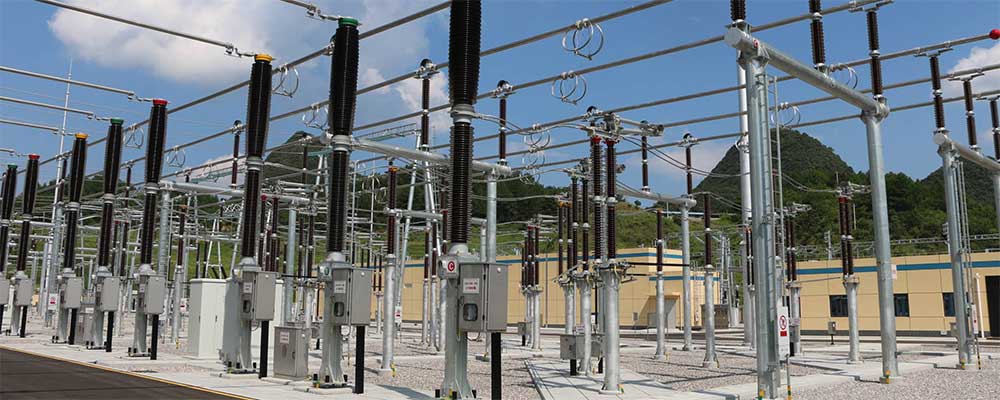
Benefits
- High Electrical Insulation:
Covers well and offers good electrical insulation or high voltage leakage hence the safe use of high voltage devices.
- Mechanical Strength:
Provides firm physical protection for the electrical equipment and parts from environmental influences like wind, ice, and seismic forces.
- Durability:
Polymer station post insulators are designed to last long and come in different types such as porcelain or composites to reduce the times of having to replace them.
- Environmental Resistance:
It is very resistant to ultraviolet radiation, changes in temperature, and pollution to maintain performance in such a context.
- Improved Performance in Contaminated Conditions:
Designed with multiple sheds increases the physical distance of the leakage currents, thus improving of operation in wet and polluted areas.
- Easy Maintenance:
The sheds help shed water and dirt, keeping the surface clean and reducing the need for frequent maintenance.
Certificate
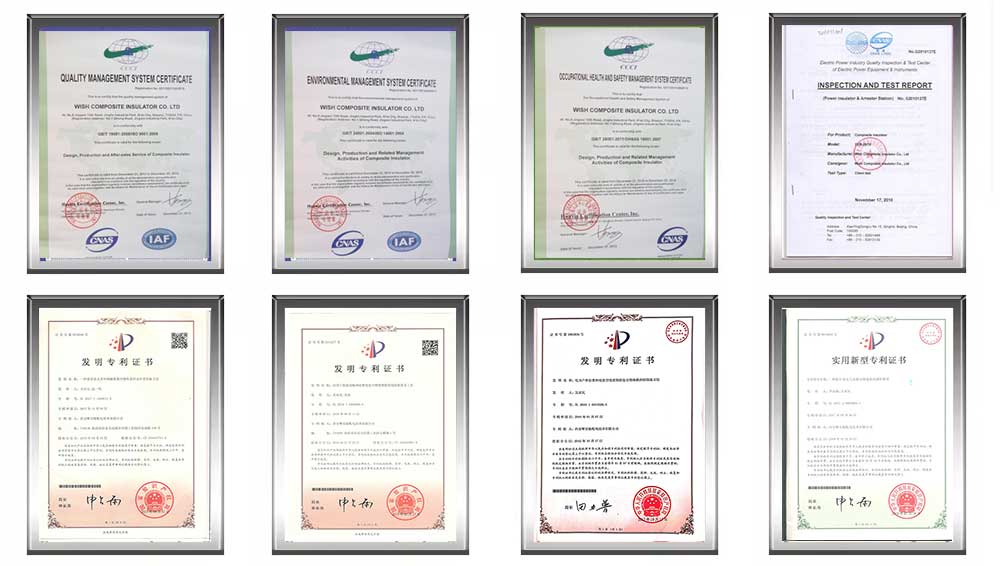
Exhibition

Hot Tags: Station Post Insulator, Composite Insulator, China, manufacturers, ISO factory, wholesale, KEMA, high quantity, best, price, low to high voltage














